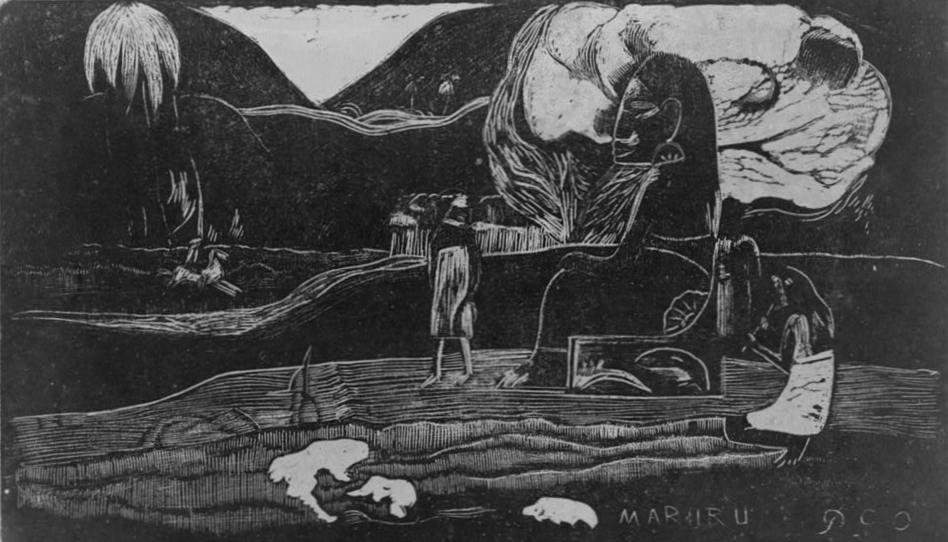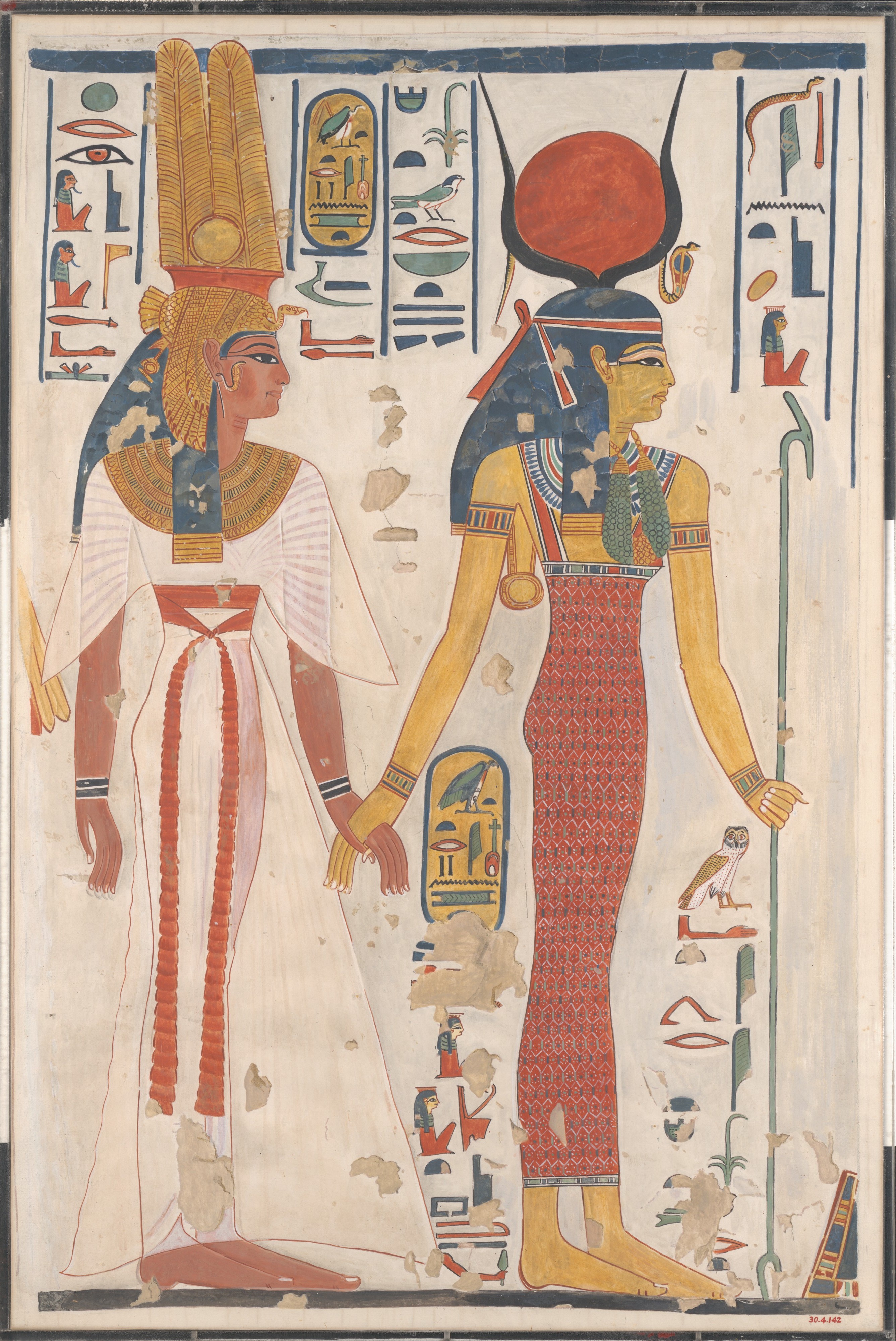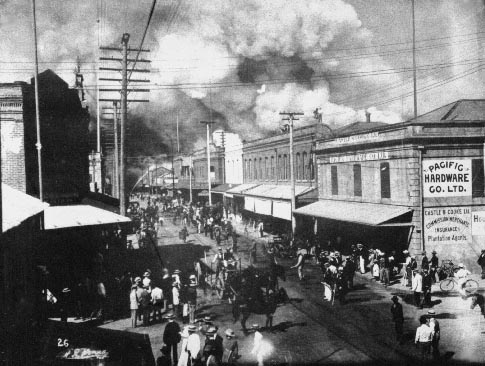|
Hinakaimauliʻawa
Hinakaimauliʻawa (also spelled as Hina-kai-mauli-ʻawa) was an ancient Hawaiian High Chiefess, a Princess of Koʻolau Range on the island of Oahu. She was a member of the royal house of Maweke, who was of Tahitian ancestry, and also the first cousin of very High Chiefess Nuʻakea of Molokai. Her parents were Chief Kalehenui of Koʻolau and his spouse, Chiefess Kahinao (Kahinalo). Hinakaimauliʻawa is their only known child mentioned in the chants and was named after goddess Hina. Hinakaimauliʻawa married a man named Kahiwakapu (Ka-hiwa-ka-ʻapu), whose parents are unknown. The only known child of Hinakaimauliʻawa and her husband was Princess Mualani Mualani (also called Muolani or simply Mua; ''lani'' = "heaven/sky" in Hawaiian) was a Hawaiian High Chiefess who lived on the island of Oahu and was a Princess of Koʻolau. She was a daughter of Princess Hinakaimauliʻawa of Koʻolau, who was ... of Koʻolau, a successor of her mother. References {{DEFAULTSORT:H ... [...More Info...] [...Related Items...] OR: [Wikipedia] [Google] [Baidu] |
Kalehenui
Chief Kalehenui (Hawaiian for "Kalehe the Great") was an ancient Hawaiian nobleman (Aliʻi) of Tahitian ancestry, and he lived on Oahu. He was a son of wizard Maweke (chief of the highest known rank) and his wife Naiolaukea, and thus a brother of Chiefs Mulielealiʻi and Keaunui, who was the father of the very High Chiefess Nuakea of Molokai. It was Kalehenui who was a ruler of Koʻolau Range; dominion over Koʻolau was given to Kalehenui by Maweke. Marriage Chief Kalehenui had married a woman called Kahinao (or Kahinalo, Kahinalu).Kamakau, Samuel M. ''Ruling Chiefs of Hawaii'' (Revised Edition), ''Appendix Genealogies'' (Kamehameha Schools Press, Honolulu, Hawaii 1961). The only known child of Kalehenui and his spouse was Princess Hinakaimauliʻawa, who was named after goddess Hina (goddess), Hina. The grandchild of Kalehenui was Princess Mualani. References {{Reflist Hawaiian chiefs ... [...More Info...] [...Related Items...] OR: [Wikipedia] [Google] [Baidu] |
Mualani
Mualani (also called Muolani or simply Mua; ''lani'' = "heaven/sky" in Hawaiian) was a Hawaiian High Chiefess who lived on the island of Oahu and was a Princess of Koʻolau. She was a daughter of Princess Hinakaimauliʻawa of Koʻolau, who was Chief Kalehenui's daughter. Mualani's father was called Kahiwakaʻapu. Princess Mualani was of Tahitian ancestry as a descendant of the kahu (priest) Maweke who came to Oahu from Tahiti. After her mother's death, Chiefess Mualani succeeded her. Marriage Although some chiefs had many consorts in ancient Hawaii, the only known consort of Mualani was a man named Kaomealani, whose parents remain unknown to us today because their names are not recorded in ancient chants. (He is also known as Kaʻomea or Kaomealani I.) Mualani and her husband produced a son and a daughter. The son was called Kua-o-Mua ("Kua, son of Mua"), and he succeeded his mother, whilst marrying his sister Kapua-a-Mua. Their union was considered sacred and their child ... [...More Info...] [...Related Items...] OR: [Wikipedia] [Google] [Baidu] |
Kalākaua
Kalākaua (David Laʻamea Kamanakapuʻu Māhinulani Nālaʻiaʻehuokalani Lumialani Kalākaua; November 16, 1836 – January 20, 1891), was the last king and penultimate monarch of the Kingdom of Hawaiʻi, reigning from February 12, 1874, until his death in 1891. Succeeding Lunalilo, he was elected to the vacant throne of Hawaiʻi against Queen Emma. Kalākaua was known as the Merrie Monarch for his convivial personality – he enjoyed entertaining guests with his singing and ukulele playing. At his coronation and his birthday jubilee, the hula, which had hitherto been banned in public in the kingdom, became a celebration of Hawaiian culture. During Kalākaua's reign, the Reciprocity Treaty of 1875 brought great prosperity to the kingdom. Its renewal continued the prosperity but allowed United States to have exclusive use of Pearl Harbor. In 1881, Kalākaua took a trip around the world to encourage the immigration of contract sugar plantation workers. He wanted Hawaiians ... [...More Info...] [...Related Items...] OR: [Wikipedia] [Google] [Baidu] |
Hina (goddess)
Hina is the name assigned to a number of Polynesian deities. The name Hina usually relates to a powerful female force (typically a goddess or queen) who has dominion over a specific entity. Some variations of the name Hina include Sina, Hanaiakamalama, and Ina. Even within a single culture, Hina could refer to multiple goddesses and the distinction between the different identities are not always clear. In Hawaiian mythology, the name is usually paired with words which explain or identify the goddess and her power such as Hina-puku-iʻa (Hina-gathering-seafood) the goddess of fishermen, and Hina-ʻopu-hala-koʻa who gave birth to all reef life. Hina continues to be a figure in many of the Polynesian religionsStokes, J. F. G., Heiau of Molokai. 1909 in MS. ''The Ancient Worship of the Hawaiian Islanders'', edited by W. T. Bringham. Archives, B.P. Bishop Museum, Honolulu. and her stories serve as traditions that unite Polynesia, specifically the Hawaiian Islands. New Zealand Among ... [...More Info...] [...Related Items...] OR: [Wikipedia] [Google] [Baidu] |
Goddess
A goddess is a female deity. In some faiths, a sacred female figure holds a central place in religious prayer and worship. For example, Shaktism (one of the three major Hinduism, Hindu sects), holds that the ultimate deity, the source of all reality, is Mahadevi (Supreme Goddess) and in some forms of Tantric Shaivism, the pair of Shiva and Shakti are the ultimate principle (with the goddess representing the active, creative power of God). Meanwhile, in Vajrayana, Vajrayana Buddhism, ultimate reality is often seen as being composed of two principles depicted as two deities in union (Yab-Yum, yab yum, "father-mother") symbolising the non-duality of the two principles of perfect wisdom (female) and skillful compassion (male). A single figure in a monotheistic faith that is female may be identified simply as god because of no need to differentiate by gender or with a diminutive. An experiment to determine the effect of psychedelics on subjects composed of leaders from diverse religio ... [...More Info...] [...Related Items...] OR: [Wikipedia] [Google] [Baidu] |
Honolulu
Honolulu ( ; ) is the List of capitals in the United States, capital and most populous city of the U.S. state of Hawaii, located in the Pacific Ocean. It is the county seat of the Consolidated city-county, consolidated City and County of Honolulu County, Hawaii, Honolulu, situated along the southeast coast of the island of Oahu, Oʻahu, and is the westernmost and southernmost major U.S. city as well as westernmost and southernmost U.S. state capital. It is also a major hub for business, finance, hospitality, and military defense in both the state and Oceania. The city is characterized by a mix of various Asian culture, Asian, Western culture, Western, and Oceanian culture, Pacific cultures, reflected in its diverse demography, cuisine, and traditions. is Hawaiian language, Hawaiian for "sheltered harbor" or "calm port"; its old name, , roughly encompasses the area from Nuʻuanu Avenue to Alakea Street and from Hotel Street to Queen Street, which is the heart of the present dow ... [...More Info...] [...Related Items...] OR: [Wikipedia] [Google] [Baidu] |
Mary Kawena Pukui
Mary Abigail Kawenaʻulaokalaniahiʻiakaikapoliopele Naleilehuaapele Wiggin Pukui (20 April 1895 – 21 May 1986), known as Kawena, was a Hawaiian scholar, author, composer, hula expert, and educator. Life Pukui was born on April 20, 1895, in her grandmother's home, named Hale Ola, in Haniumalu, Kaʻū, on Hawaiʻi Island, to Henry Nathaniel Wiggin (originally from Salem, Massachusetts, of a distinguished shipping family descended from Massachusetts Bay Colony governor Simon Bradstreet and his wife, the poet Anne Bradstreet) and Mary Paahana Kanakaole, descendant of a long line of kahuna (priests) going back centuries. Pukui's maternal grandmother, Naliipoaimoku, was a ''kahuna laau lapaau'' (medicinal expert) and ''kahuna pale keiki'' (midwife) and a hula dancer in Queen Emma's court. She had delivered the child, and asked Pukui's parents for the child to raise in the traditional way, and her request was granted. Kawena was born into the Fire Clan of Kaʻū. Kawena and her ... [...More Info...] [...Related Items...] OR: [Wikipedia] [Google] [Baidu] |
Molokai
Molokai or Molokai ( or ; Molokaʻi dialect: Morotaʻi ) is the fifth most populated of the eight major islands that make up the Hawaiian Islands archipelago in the middle of the Pacific Ocean. It is 38 by 10 miles (61 by 16 km) at its greatest length and width with a usable land area of , making it the fifth-largest in size of the main Hawaiian Islands and the 27th largest island in the United States. It lies southeast of Oʻahu across the wide Kaʻiwi Channel and north of Lānaʻi, separated from it by the Kalohi Channel. The island's agrarian economy has been driven primarily by cattle ranching, pineapple production, sugarcane production and small-scale farming. Tourism comprises a small fraction of the island's economy, and much of the infrastructure related to tourism was closed and barricaded in the early 2000s when the primary landowner, Molokai Ranch, ceased operations due to substantial revenue losses. In Kalawao County, on the Kalaupapa Peninsula on the n ... [...More Info...] [...Related Items...] OR: [Wikipedia] [Google] [Baidu] |
Ancient Hawaii
Ancient Hawaii is the period of Hawaiian history preceding the establishment in 1795 of the Kingdom of Hawaii by Kamehameha the Great. Traditionally, researchers estimated the first settlement of the Hawaiian islands as having occurred sporadically between 400 and 1100 AD by Polynesian long-distance navigators from the Samoan, Marquesas, and Tahiti islands within what is now French Polynesia. In 2010, a study was published based on radiocarbon dating of more reliable samples which suggests that the islands were settled much later, within a short timeframe, in about 1219 to 1266. The islands in Eastern Polynesia have been characterized by the continuities among their cultures, and the short migration period would be an explanation of this result. Diversified agroforestry and aquaculture provided sustenance for Native Hawaiian cuisine. Tropical materials were adopted for housing. Elaborate temples (called '' heiau'') were constructed from the lava rocks available. The rich n ... [...More Info...] [...Related Items...] OR: [Wikipedia] [Google] [Baidu] |
Nuʻakea
In Hawaiian mythology, Nuakea is a beneficent goddess of milk and lactation. This name was also a title for a wet nurse of royal prince, according to David Malo. Nuakea was appealed to staunch the flow of milk in the mother's breasts. Euhemerism There was a chiefess named after the goddess— Nuʻakea, wife of Keʻoloʻewa, chief of Molokai. Martha Warren Beckwith suggested that Nuʻakea was deified.''Hawaiian Mythology'' by Martha Warren BeckwithSee this page./ref> According to the myth, Nuʻakea was a goddess who came to Earth and married mortal chief Keʻoloʻewa, but it is known that historical Nuʻakea was born on Oahu Oahu (, , sometimes written Oahu) is the third-largest and most populated island of the Hawaiian Islands and of the U.S. state of Hawaii. The state capital, Honolulu, is on Oahu's southeast coast. The island of Oahu and the uninhabited Northwe .... Notes {{Reflist Hawaiian goddesses Milk in culture Wet nursing ... [...More Info...] [...Related Items...] OR: [Wikipedia] [Google] [Baidu] |
Maweke
According to the Hawaiian chants, Chief Maweke (also spelled Māweke in Hawaiian; Hawaiian pronunciation: ''MAH-WEH-KEH'') was a chief of the highest known rank who lived in the 11th century. He is described in the legends as a wizard (or priest, '' kahuna'' in Hawaiian language) and an ''Aliʻi'' (a noble) of "the blue blood" (a Hawaiian nobleman of the highest rank). He was an ancestor of the royalty of the island of Oahu. He was not of Hawaiian origin, but came to Hawaii from Tahiti and was famous for his knowledge of black magic. His famous ancestor was Nanaulu. His parents are named in the chants as Kekupahaikala (father) and Maihikea (mother). When he arrived to Oahu, Maweke erected a temple to the god called Kanaloa. Maweke married a woman named Naiolaukea (Naiolakea). They had children: * Mulielealiʻi *Kaehunui * Kalehenui * Keaunui, father of the High Chiefess Nuʻakea of Molokai Molokai or Molokai ( or ; Molokaʻi dialect: Morotaʻi ) is the fifth most popul ... [...More Info...] [...Related Items...] OR: [Wikipedia] [Google] [Baidu] |




